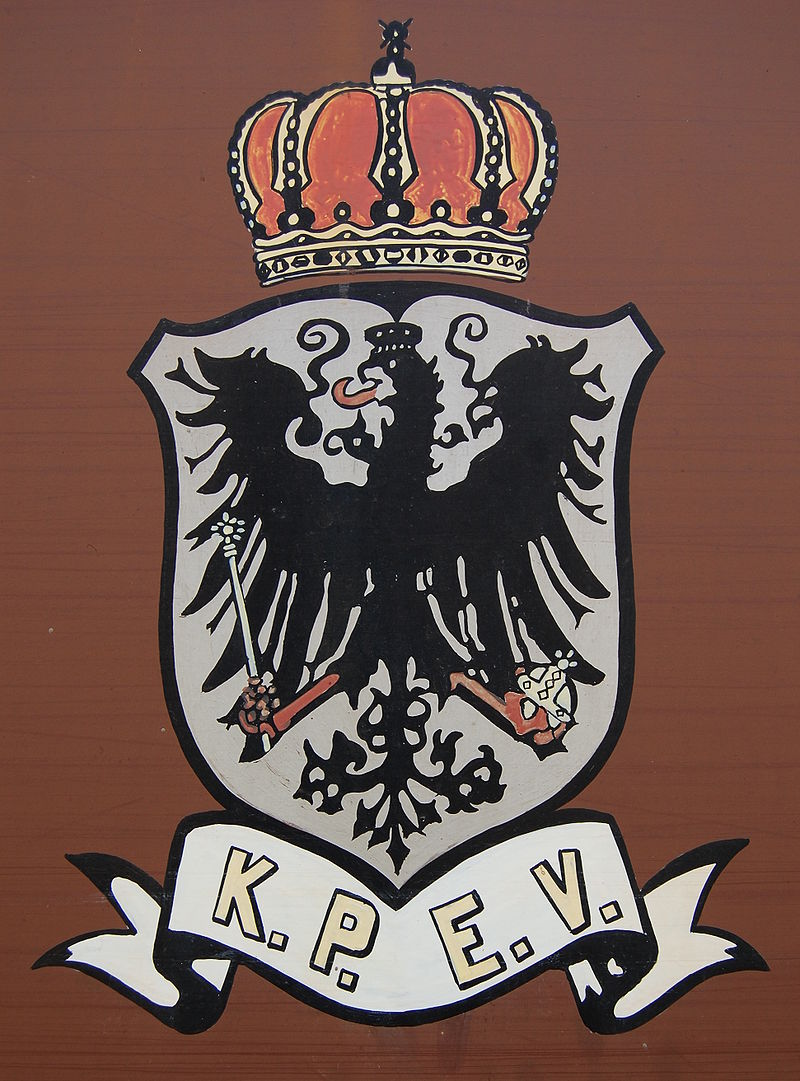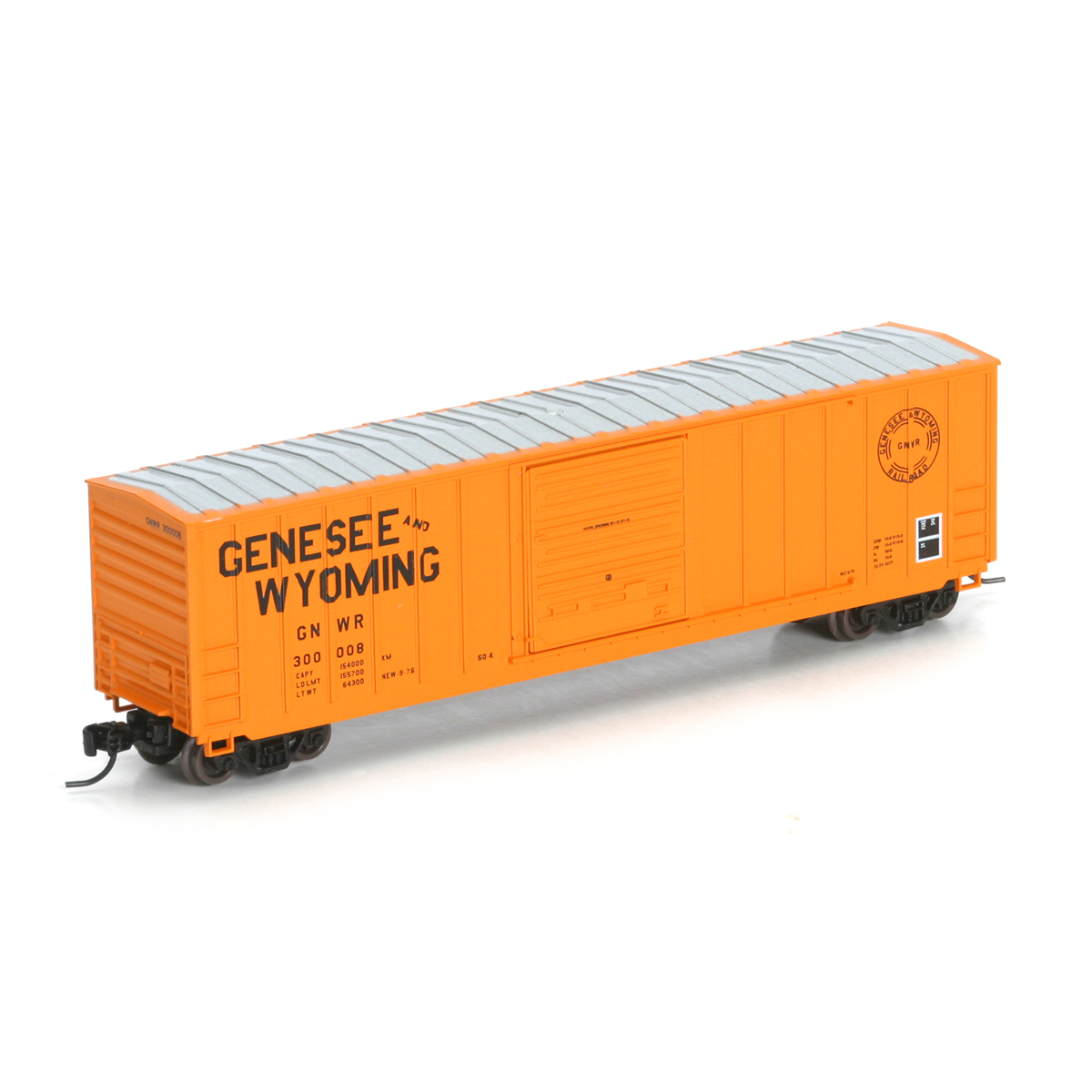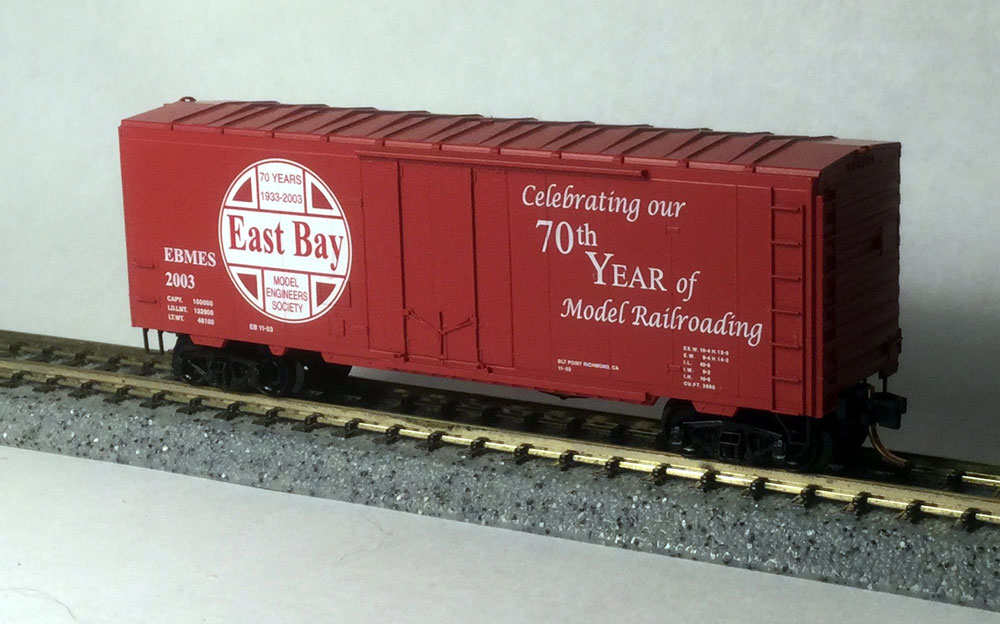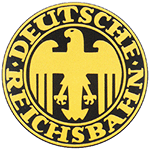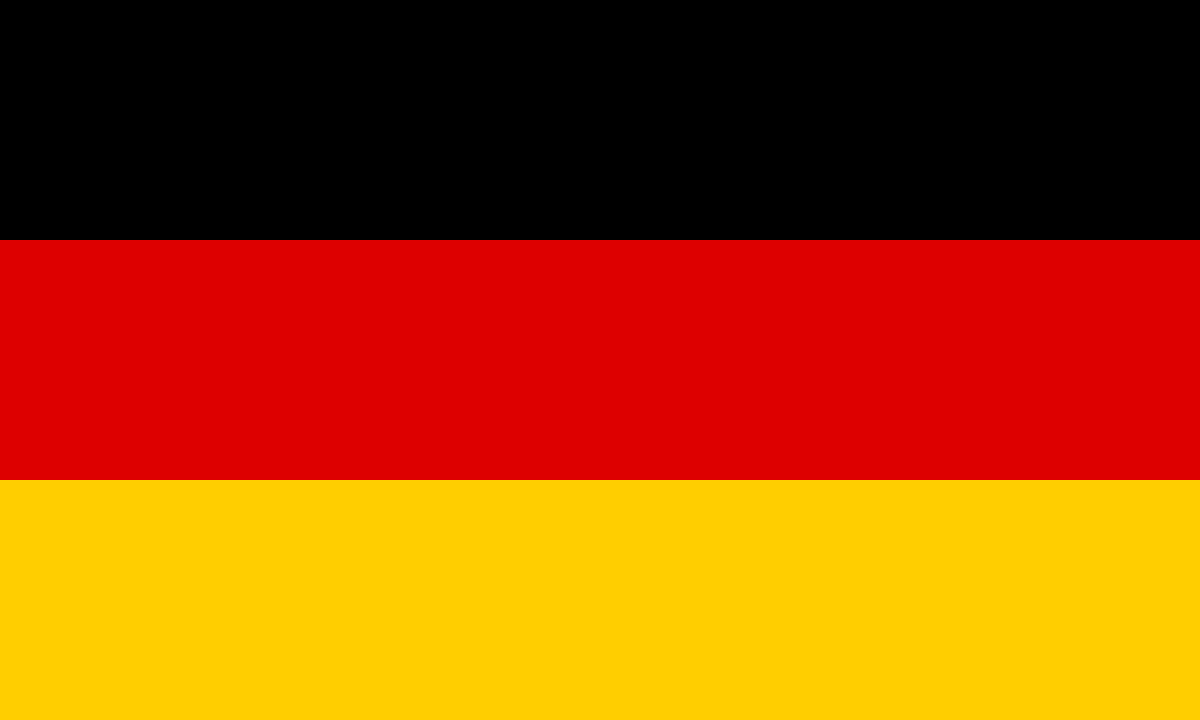Company History: The term Prussian state railways (German: Preußische Staatseisenbahnen) encompasses those railway organisations that were owned or managed by the State of Prussia. The words "state railways" are not capitalized because Prussia did not have an independent railway administration; rather the individual railway organizations were under the control of the Ministry for Trade and Commerce or its later offshoot, the Ministry for Public Works.
The official name of the Prussian rail network was Königlich Preußische Staatseisenbahnen (K.P.St.E., "Royal Prussian State Railways") until 1896, Königlich Preußische und Großherzoglich Hessische Staatseisenbahn (K.P.u.G.H.St.E., "Royal Prussian and Grand-Ducal Hessian State Railways") until the end of the First World War, and Preußische Staatsbahn (P.St.B., "Prussian State Railway") until its nationalization in 1920. A common mistake is the use of the abbreviation K.P.E.V. in supposed reference to a mythical "Royal Prussian Railway Administration" (Königlich Preußischen Eisenbahn-Verwaltung). No such entity ever existed and Prussian railway cars acquired the K.P.E.V. logo apparently through an error originating in their Cologne division.
From Wikipedia
The official name of the Prussian rail network was Königlich Preußische Staatseisenbahnen (K.P.St.E., "Royal Prussian State Railways") until 1896, Königlich Preußische und Großherzoglich Hessische Staatseisenbahn (K.P.u.G.H.St.E., "Royal Prussian and Grand-Ducal Hessian State Railways") until the end of the First World War, and Preußische Staatsbahn (P.St.B., "Prussian State Railway") until its nationalization in 1920. A common mistake is the use of the abbreviation K.P.E.V. in supposed reference to a mythical "Royal Prussian Railway Administration" (Königlich Preußischen Eisenbahn-Verwaltung). No such entity ever existed and Prussian railway cars acquired the K.P.E.V. logo apparently through an error originating in their Cologne division.
From Wikipedia
Successor/Parent History: The Deutsche Reichsbahn, also known as the German Reich Railway or the German Imperial Railway, was the name of the German national railway created from the railways of the individual states of the German Empire following the end of World War I.
The company was founded in 1920 as the Deutsche Reichseisenbahnen when the Weimar Republic, formally known as Deutsches Reich (German Reich, hence the usage of the Reich in the name of the railway), took national control of the German railways, which had previously been run by the German states. In 1924 it was reorganised under the aegis of the Deutsche Reichsbahn-Gesellschaft (DRG), a nominally private railway company, which was 100% owned by the German state. In 1937 the railway was reorganised again as a state authority and given the name Deutsche Reichsbahn (DRB). After the Anschluss in 1938 the DR also took over the Bundesbahn Osterreich (BBO, Federal Railway of Austria).
The East and West German states were founded in 1949. East Germany took over the control of the DR on its territory and continued to use the traditional name Deutsche Reichsbahn, while the railway in West Germany became the Deutsche Bundesbahn (DB, German Federal Railway). The Austrian Osterreichische Bundesbahnen (OBB, Austrian Federal Railways) was founded in 1945, and was given its present name in 1947.
In January 1994, following the German union, the East German Deutsche Reichsbahn merged with the West German Deutsche Bundesbahn to form Germany's new national carrier, Deutsche Bahn AG, technically no longer a government agency but still a 100% state-owned joint stock company.
The company was founded in 1920 as the Deutsche Reichseisenbahnen when the Weimar Republic, formally known as Deutsches Reich (German Reich, hence the usage of the Reich in the name of the railway), took national control of the German railways, which had previously been run by the German states. In 1924 it was reorganised under the aegis of the Deutsche Reichsbahn-Gesellschaft (DRG), a nominally private railway company, which was 100% owned by the German state. In 1937 the railway was reorganised again as a state authority and given the name Deutsche Reichsbahn (DRB). After the Anschluss in 1938 the DR also took over the Bundesbahn Osterreich (BBO, Federal Railway of Austria).
The East and West German states were founded in 1949. East Germany took over the control of the DR on its territory and continued to use the traditional name Deutsche Reichsbahn, while the railway in West Germany became the Deutsche Bundesbahn (DB, German Federal Railway). The Austrian Osterreichische Bundesbahnen (OBB, Austrian Federal Railways) was founded in 1945, and was given its present name in 1947.
In January 1994, following the German union, the East German Deutsche Reichsbahn merged with the West German Deutsche Bundesbahn to form Germany's new national carrier, Deutsche Bahn AG, technically no longer a government agency but still a 100% state-owned joint stock company.
Brief History: Germany is a Western European country with a landscape of forests, rivers, mountain ranges and North Sea beaches. It has over 2 millennia of history. Berlin, its capital, is home to art and nightlife scenes, the Brandenburg Gate and many sites relating to WWII. Munich is known for its Oktoberfest and beer halls, including the 16th-century Hofbräuhaus. Frankfurt, with its skyscrapers, houses the European Central Bank.
Item Links: We found: 2 different collections associated with Prussia State (KPEV)
- Collection N Scale Model Trains: 12 different items.
- Collection Z Scale Trains: 7 different items.
Item created by: gdm on 2017-10-10 09:58:07. Last edited by Alain LM on 2019-09-12 09:30:38
If you see errors or missing data in this entry, please feel free to log in and edit it. Anyone with a Gmail account can log in instantly.
If you see errors or missing data in this entry, please feel free to log in and edit it. Anyone with a Gmail account can log in instantly.


